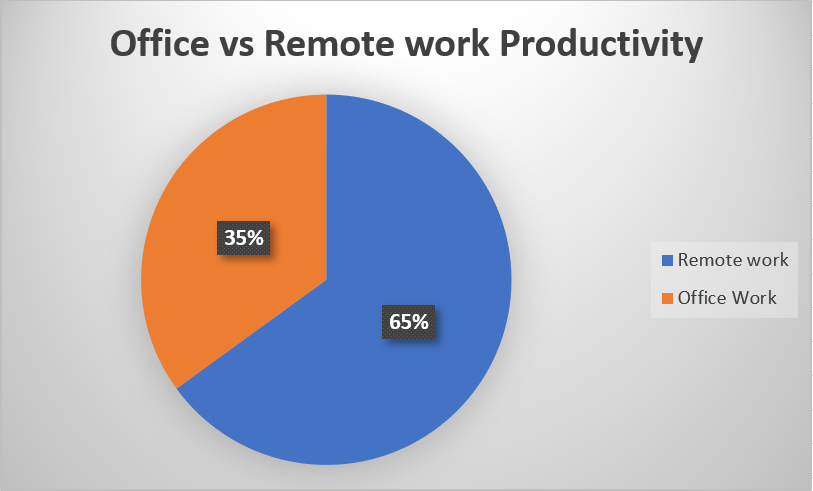In the rapidly evolving landscape of modern business, the debate between office and remote work has become increasingly significant. As companies globally adapt to new norms, understanding the distinctions, productivity outcomes, and preferences associated with each work style is pivotal for success and nurturing a supportive work environment.
Differences Between Office and Remote Work: A Detailed Examination
Office work, with its structured, centralized nature, fosters a sense of community and facilitates immediate feedback and direct supervision. This environment promotes team unity and a clear division between work and personal life but can also entail rigid schedules and lengthy commutes.
Contrastingly, remote work offers unparalleled flexibility, allowing employees to tailor their work settings and schedules. This adaptability can improve work-life balance and decrease company expenses. Nevertheless, it requires reliable technology, strong self-discipline, and can sometimes lead to feelings of isolation.
Productivity Insights: Office vs. Remote Work
The question of productivity is central to the office versus remote work discussion. According to the FlexJobs 2020 Annual Survey, 65% of respondents felt more productive at home than in a traditional office setting, citing fewer interruptions and a more comfortable environment. However, remote work also necessitates significant self-motivation and can result in overwork without proper boundaries.
Office environments, on the other hand, provide structured routines and immediate access to resources and colleagues, fostering efficiency for tasks that demand collaboration. Yet, the physical workspace can also introduce distractions and stress related to commuting.

Employee and Managerial Preferences: Striking a Balance
Preferences vary significantly between individuals and roles. The Gallup State of the American Workplace report highlights a disconnect between employee desires for flexibility and managerial concerns over team cohesion and productivity. While many workers seek the autonomy of remote work, managers may struggle with maintaining oversight and fostering a unified company culture.
Hybrid Work Models: The Path Forward
In response to diverse needs, hybrid work models have emerged, blending the advantages of both office and remote settings. This approach is supported by PwC’s US Remote Work Survey, which found that 83% of employers consider the shift to remote work successful, indicating a growing acceptance of flexible working arrangements.
Future Directions: Embracing Adaptability and Innovation
The transition from traditional office structures to more adaptable working arrangements signifies a major shift in workplace dynamics. Companies aiming to thrive must remain flexible, leveraging technology and fostering an inclusive culture that accommodates various working styles.
Polls and References for Enhanced Understanding
- FlexJobs 2020 Annual Survey: Demonstrates a significant portion of employees find increased productivity from home.
- Gallup’s State of the American Workplace: Offers insights into employee engagement and remote work preferences.
- PwC’s US Remote Work Survey: Indicates a positive shift in employer attitudes towards remote work.
References:
- FlexJobs. (2020). “FlexJobs 2020 Annual Survey: Employees Are More Productive at Home.” This survey explores employee productivity and their preferences regarding work environments.
- Gallup, Inc. (2019). “State of the American Workplace.” This comprehensive report provides insights into employee engagement and the impact of workplace strategies on business outcomes.
- PricewaterhouseCoopers (PwC). (2021). “US Remote Work Survey.” This report highlights the rapid changes in employer perspectives on remote work and its implications for the future workplace.
- Harvard Business Review. (2020). “Our Work-from-Anywhere Future.” This article discusses the long-term implications of remote work and strategies for managing distributed teams.
- McKinsey & Company. (2020). “What’s next for remote work: An analysis of 2,000 tasks, 800 jobs, and nine countries.” This research breaks down how different sectors and jobs are impacted by the shift to remote work.
Follow us on our social:
LinkedIn | Facebook | Instagram | YouTube







